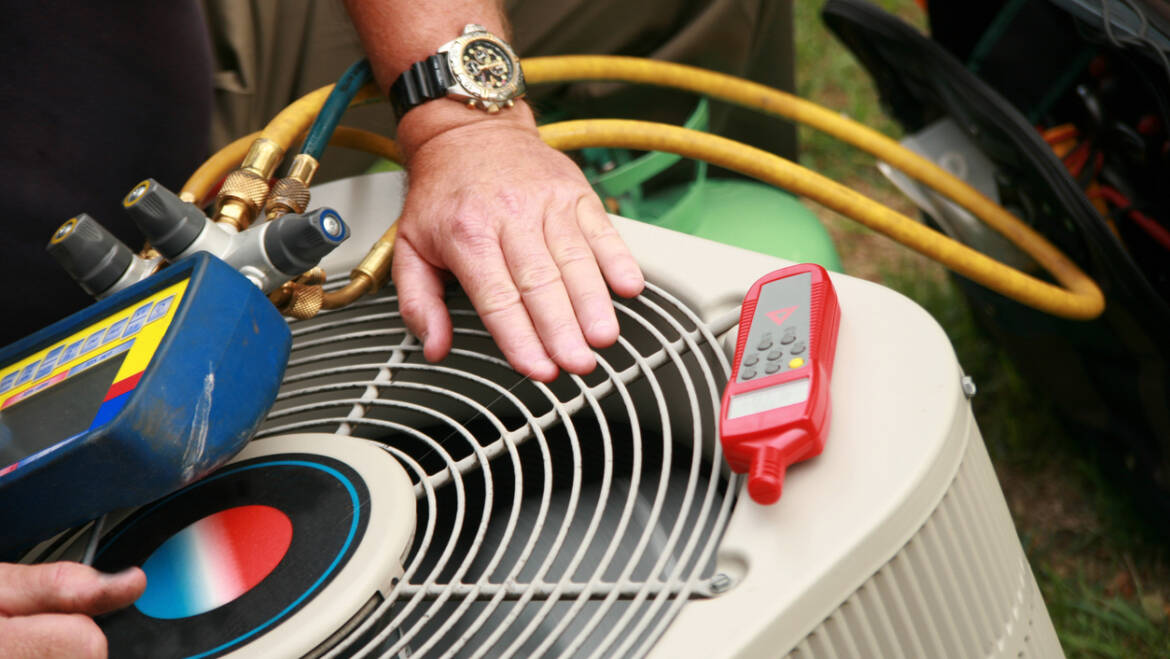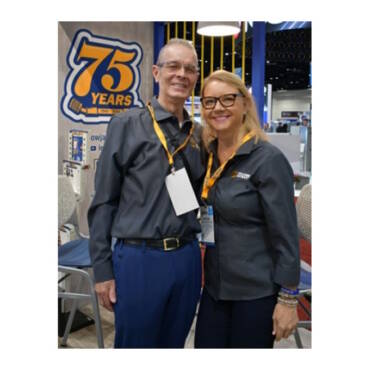Your HVAC system works hard to keep your home comfortable, especially during Austin’s hot summers. However, excessive use or heavy demand can overload the system, leading to breakdowns, higher energy bills, and reduced efficiency. Fortunately, there are several strategies to prevent overloading, maintain optimal performance, and extend your HVAC system’s lifespan. Here’s a comprehensive guide to help Austin homeowners prevent HVAC overload and keep their systems running smoothly.
1. Set Your Thermostat to an Optimal Temperature
One of the most effective ways to prevent HVAC overloading is to set your thermostat to a temperature that balances comfort and efficiency. In the summer, aim for a setting around 78°F when you’re home and a few degrees higher when you’re away. This prevents the system from overworking, especially during peak hours when outdoor temperatures are at their highest.
Using a programmable or smart thermostat allows you to automate temperature adjustments based on your schedule. By programming your thermostat to adjust when the home is empty or at night, you reduce the load on your HVAC system, preventing it from running constantly and overloading.
2. Close Blinds and Curtains to Reduce Heat Gain
Direct sunlight entering through windows can significantly raise indoor temperatures, forcing your HVAC system to work harder to maintain a comfortable setting. By closing blinds, shades, or curtains during the hottest parts of the day, you can block out a considerable amount of heat and lessen the strain on your cooling system.
Window treatments that reflect sunlight or have insulating properties provide added benefits, helping to keep your home cooler and reducing the overall load on your HVAC system. For even greater efficiency, consider investing in energy-efficient windows or reflective window films that reduce heat transfer year-round.
3. Maintain Your System with Regular Tune-Ups
Routine maintenance is essential to prevent HVAC overloading and ensure that your system operates efficiently. During a tune-up, an HVAC technician will check components like coils, refrigerant levels, and electrical connections, addressing any issues that could cause the system to overheat or struggle under heavy use.
Regular maintenance not only optimizes performance but also helps identify minor issues before they turn into costly repairs. A well-maintained system is less likely to experience overload-related breakdowns, allowing it to cool your home effectively without consuming excessive energy.
4. Use Ceiling Fans to Support Cooling
Ceiling fans are a cost-effective way to improve air circulation and reduce the load on your HVAC system. Fans create a wind-chill effect that makes rooms feel cooler, allowing you to set your thermostat a few degrees higher without sacrificing comfort. For example, a room cooled by a ceiling fan set to 80°F can feel as comfortable as a room cooled to 75°F without a fan, reducing the demand on your HVAC system.
During the summer, set ceiling fans to rotate counterclockwise, which helps push cool air down. In cooler months, reversing the fan direction can help distribute warm air, reducing the need for constant heating and minimizing wear on your HVAC system.
5. Limit Heat-Generating Activities During Peak Hours
Using heat-generating appliances, such as ovens, stoves, and dryers, during the hottest part of the day can raise indoor temperatures, increasing the load on your HVAC system. To minimize strain, try to perform these activities during cooler parts of the day, such as early morning or late evening, when outdoor temperatures are lower.
Consider alternative cooking methods, such as grilling outside or using a microwave instead of the oven, to keep indoor temperatures down. These small adjustments can have a big impact on reducing HVAC demand and preventing overloading.
6. Seal and Insulate Your Home
Air leaks around doors, windows, and ductwork can allow warm air to enter your home, making it harder for your HVAC system to maintain a comfortable temperature. Sealing these leaks with weatherstripping or caulk and adding insulation to your attic and walls can help reduce energy loss, easing the load on your system.
A well-sealed and insulated home maintains more consistent indoor temperatures, meaning your HVAC system doesn’t have to run as frequently or work as hard. This improvement in efficiency reduces the risk of overloading, lowering energy consumption and enhancing comfort throughout the home.
7. Change Your Air Filters Regularly
Air filters play a crucial role in maintaining airflow and preventing dust buildup within your HVAC system. Clogged or dirty filters restrict airflow, causing the system to work harder to push air through, which can lead to overheating and overloading. For most homes, changing the air filter every 1-3 months is recommended, though homes with pets or residents with allergies may need more frequent changes.
A clean filter allows for better airflow, reduces strain on the system, and improves indoor air quality. Keeping up with filter changes is a simple yet effective way to prevent HVAC overload and ensure that your system operates efficiently.
8. Consider Upgrading to a High-Efficiency System
If your current HVAC system is older or frequently struggling to keep up with demand, upgrading to a high-efficiency model can help prevent overloads and reduce energy bills. Newer systems are designed to handle extreme temperatures more effectively, using less energy to provide the same level of comfort. High-efficiency systems also have advanced features, such as variable-speed compressors and smart thermostats, that adjust to changes in temperature and reduce strain.
While the upfront cost of a new system may be higher, the long-term savings in energy bills and reduced repair costs often make it a worthwhile investment. For Austin homeowners facing high cooling demands, a high-efficiency system offers a reliable solution to prevent overloading and enhance overall comfort.
9. Schedule an Energy Audit to Identify Efficiency Improvements
An energy audit can provide valuable insights into your home’s energy use and highlight areas where you can improve efficiency. During an audit, a professional evaluates factors like insulation, air leaks, and appliance efficiency, identifying ways to reduce HVAC strain and enhance comfort.
Following an energy audit, you’ll receive recommendations tailored to your home’s unique needs, such as sealing ducts, improving insulation, or upgrading windows. Implementing these suggestions can reduce the load on your HVAC system, lower energy bills, and help prevent system overloading in the future.
Conclusion: Protect Your HVAC System with McCullough Heating & Air Conditioning
Preventing HVAC overload not only enhances your comfort but also extends the life of your system and keeps energy costs in check. With simple changes to thermostat settings, routine maintenance, and strategic upgrades, you can reduce the strain on your system and enjoy reliable cooling all summer long. McCullough Heating & Air Conditioning is here to support Austin homeowners with expert advice, maintenance, and installation services. Contact us today to learn more about how we can help you protect your HVAC system and keep your home comfortable year-round.
Whether you require installation, repair, or maintenance, our technicians will assist you with top-quality service at any time of the day or night. Take comfort in knowing your indoor air quality is the best it can be with MOE heating & cooling services Ontario's solution for heating, air conditioning, and ventilation that’s cooler than the rest.
Contact us to schedule a visit. Our qualified team of technicians, are always ready to help you and guide you for heating and cooling issues. Weather you want to replace an old furnace or install a brand new air conditioner, we are here to help you. Our main office is at Kitchener but we can service most of Ontario's cities
Source link



